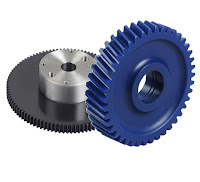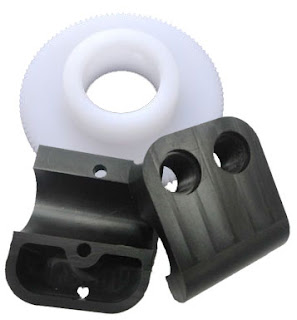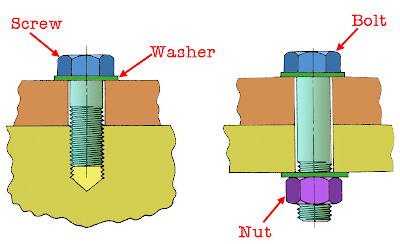Engineering Plastic PEEK Polyetheretherketone

PEEK is an abbreviation for polyetheretherketone, a high performance engineering thermoplastic. It is another engineering plastic which is widely used in machine components since it has very good mechanical strength and dimensional stability, excellent thermal and chemical resistance properties and outstanding resistance to abrasion and dynamic fatigue. Its yield strength is about 92 MPa. Its density is about 1.32 g/cm3 which is 1/6 of steel. It is a strong and stiff thermoplastic material that is often used in applications where performance at high temperatures is required. PEEK has outstanding chemical resistance as well as resistance to hot water and steam. PEEK is insoluble in all common solvents and is extremely resistant to attack by a very wide range of organic and inorganic chemicals. PEEK can be used continuously to 250°C (for short term, it can operate at 300°C) and in hot water or steam without permanent loss in physical properties. It also has high abrasion and cut th...



